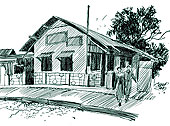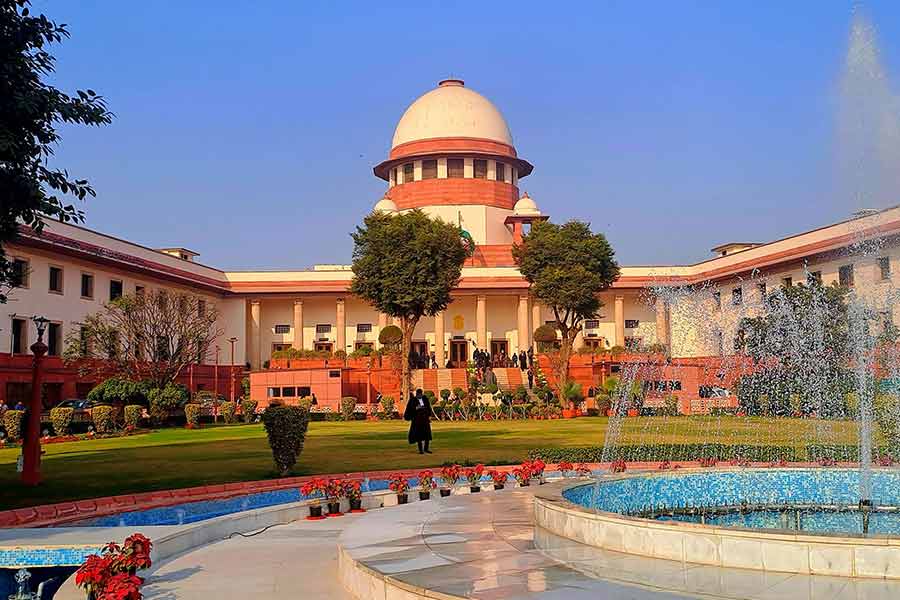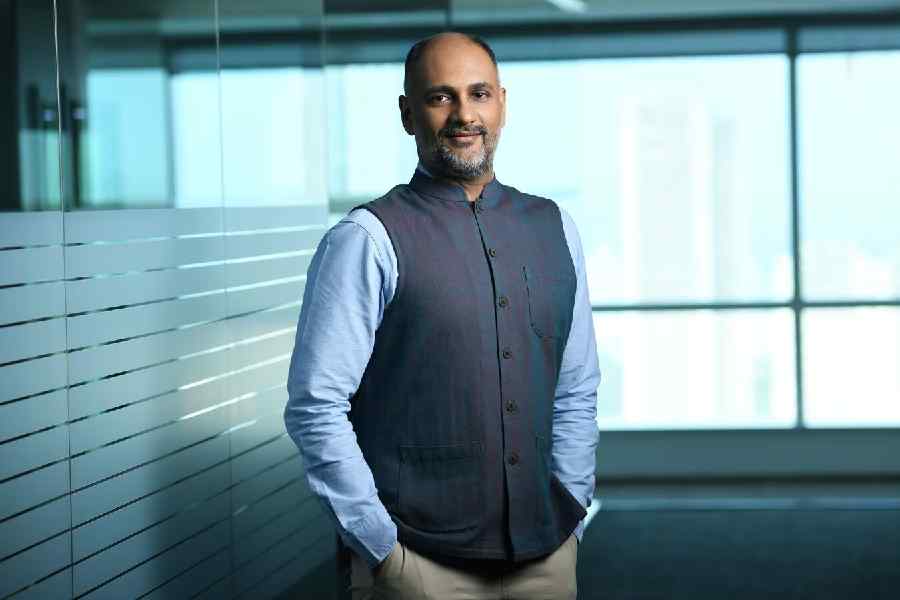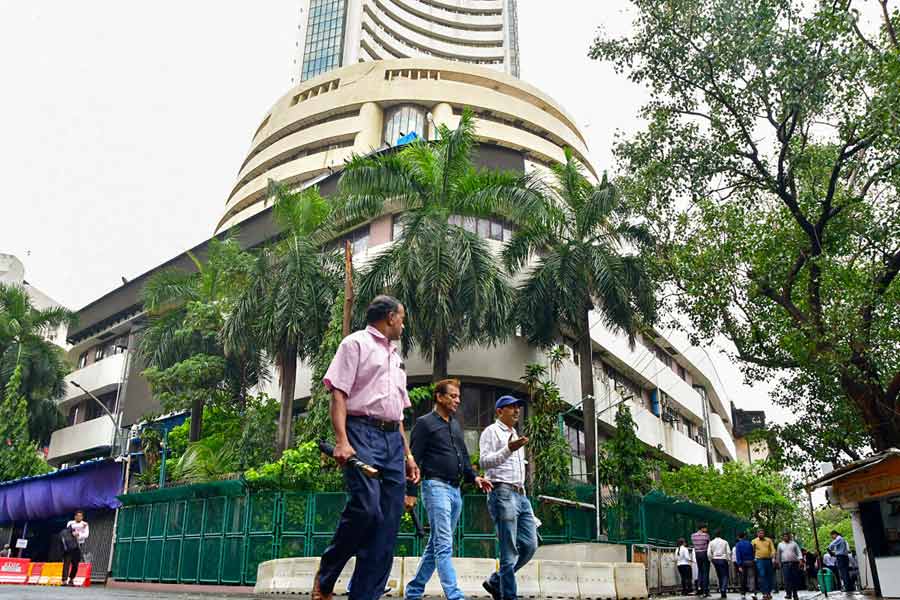 |
Which institution of the Northeast has the unique distinction of being blessed by the august presence of some of the greatest sons of the country? In which hall of Assam did both Rabindranath Tagore and Bishnu Rabha perform? Where in Assam did Gopinath Bordoloi share a common platform with some of the great nationalist leaders to give clarion calls to the youth of Assam to respond to the national movement? Or, on which stage, did co-acting, “involving the ladies and gentlemen from the respectable families”, first start in Guwahati?
The answer to these multiple questions is one: The Arya Natya Samaj, Guwahati. And, therefore, the resolution of the general body meeting of the Arya Natya Samaj adopted as early as in 1948 that “For long 52 years the Arya Natya Samaj, Guwahati, has been serving..... As the biggest institution of culture and centre of union” (Resolution number 8, dated April 25, 1948), seems to be absolutely justified.
On the basis of records and recollection of the senior citizens of Guwahati, we come to know that, possibly, the first theatre hall of Guwahati was constructed near Lamb Road where dramas used to be staged regularly. However, this hall was completely ruined in the devastating earthquake of 1897.
The second theatre hall of the town, Arya Natya Samaj, was established in 1898 at Panbazar riverside near the Sukreswar temple. Some leading Assamese and Bengali citizens of Guwahati like Manik Chandra Barua, Rai Bahadur Kali Charan Sen, Raisaheb Chidananda Chowdhury, Mahendra Mohan Lahiri, Satyendra Mohan Lahiri and Kunja Behari Banerjee (Kunja Thakur) took theinitiative to construct the hall and remained associated with it. Initially, it was an Assam-type structure. In 1930, it was substituted by a bigger reinforced concrete-cum-brick structure. Its auditorium had a seating capacity of 400 persons and the complex had a library.
Right from the very beginning, Arya Natya Samaj became the centre of socio-cultural activities of the town. Though gradually, the activities of the Samaj was mainly dominated by the Bengali settlers of the town and was managed by them, its contribution towards the society in general cannot be overlooked.
Arya Natya Samaj (or Arya Natya “Mandir”, as the building was popularly known) has great heritage value, as it has been the centre where some of the brightest jewels of socio-cultural, political and literary life of India came and enlightened as well as entertained the citizens of Assam. Rabindranath Tagore came here during his visit to Guwahati. Sir Ashutosh Mukherjee, Jatindra Mohan Chatterjee, C.F. Andrews, Pitambar Dev Goswami, satradhikar of Garmur Satra, Suniti Kumar Chatterjee, Meghnad Saha, Nabin Chandra Bordoloi, Tarun Ram Phukan, Gopinath Bordoloi, Kshiti Mohan Sen, Shyama Prasad Mukherjee, Bidhan Chandra Roy, Surya Kumar Bhuyan, Ragunath Chowdhury, Prof. Humayun Kabir — there is an unending list of who blessed the hall by their gracious presence.
Along with Bengali programmes, different Assamese drama and cultural activities were also staged at Arya Natya Samaj. Some particular incidents, which had a great impact on the cultural history of the state and were integrally linked with cultural life of the town, took place on the stages of this hall. It is still reminiscent and fresh in the minds of octogenarians of Guwahati how Kalaguru Bishnu Rabha in collaboration with a young Bhupen Hazarika, in a spontaneous gesture, composed a number of melodious songs entitled Mukti Deul for staging at Arya Natya Samaj. Two of Bishnu Rabha’s books, Mukti Deul and Asamiya Kristi, were published by Nirendra Nath Lahiri, as secretary of the Samaj.
It was on this stage of Arya Natya Samaj that co-acting first took place in Guwahati when Braja Nath Sarma staged the drama Kalapahar by Kohinoor Opera Party. But it was only in 1949 the first co-acting by the artistes of Guwahati town “involving the ladies and gentlemen from the respectable families” took place in the same stage when Guwahati Silpi Samaj staged Shah Jahan under the direction of Girish Chowdhury. It created a sensation in the town and a new vibrant phase of cultural life of Guwahati started from the floor of the Arya Natya Samaj. The ladies of Guwahati who first took part in the co-acting (drama) at Arya Natya Samaj were Urbashi Das, Kamala Sarmah, Renu Das and Jaya Das. Girish Chowdhury’s next drama, Pratibad, which incidentally was the second co-acted play in Guwahati, was staged here for two nights in 1950 in which the women cast included Baruna Mukharjee, Ashiya Khatun, Reba Das, Minu Patra, Girija Hazarika, Kaushalya Das, Urbashi Das, Gunada Das, Jamini Gogoi, Reba Dutta and Mira Dutta.
When All India Radio started functioning in Guwahati, it did not have a fully-equipped recording studio. Many of its initial programmes till 1952-53 were recorded at the Arya Natya Samaj auditorium, which included a sitar recital by Pandit Ravi Sankar.
In November 1961, the land and the hall of the Arya Natya Samaj were requisitioned by the government during the Chinese aggression and were converted into a blood bank. Though that is understandable at a time of national emergency, it sounded the death knell for this great cultural centre of the city. Since then, the hall has been used for different purposes, which are in no way connected with its culture. For total lack of vision and lackadaisical attitude of the successive governments, particularly local administration, this great heritage building has lost its earlier glamour.
Today the hall stands. But now it houses the Assam Medical Association and has been renamed the AMSA House. The skeleton of a great cultural heritage stands with all its symptoms of age, but with its heart blocked, and lifeline stopped.
Dipankar Banerjee










